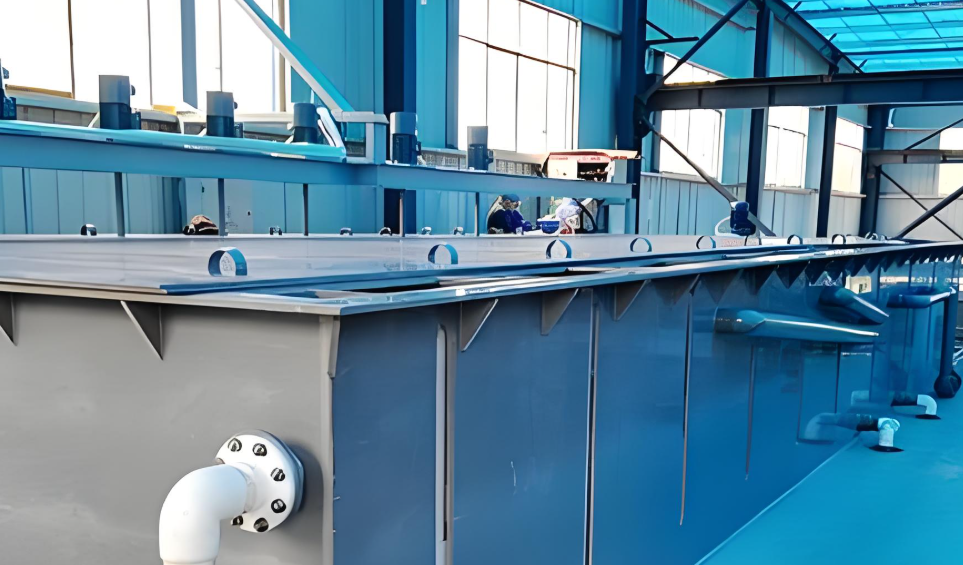NEWS&EVENTS
Home > News&Events > Company news > What is the role of stripping equipment in electrolytic copper production from copper oxide ore?
In modern hydrometallurgical copper smelting, extraction and electrowinning are the core processes. Stripping equipment is the key link between the two, achieving efficient transfer and enrichment of copper, laying the foundation for the production of high-purity electrolytic copper.

To understand stripping equipment, one must first understand extraction. During extraction, the acidic leachate containing copper ions is mixed with the organic phase. The copper ions are transferred from the aqueous phase to the organic phase, forming a "loaded organic phase." However, this phase cannot be directly used to produce electrolytic copper. The stripping equipment is responsible for "retrieving" the copper.
Stripping equipment is typically a large mixing and settling tank. During operation, the copper-loaded organic phase and highly acidic copper-depleted electrolyte are pumped into the equipment and thoroughly agitated in the mixing chamber. The highly acidic environment generates a strong chemical driving force. Under the action of high concentrations of hydrogen ions, the copper-loaded extractant molecules in the organic phase become unstable, releasing copper ions. These enter the aqueous phase and combine with sulfate ions to form a copper sulfate solution. This transforms the copper-depleted electrolyte into a copper-rich electrolyte, and the organic phase is "regenerated" for recycling, saving costs.
With the stripping process complete, copper purification and concentration reach a new stage. The copper-rich electrolyte is fed into the electrolytic system, where, under the action of direct current, copper ions are reduced to high-purity electrolytic copper on the cathode plate.
In summary, while stripping equipment doesn't directly produce the final product, it plays a key role in the hydrometallurgical copper smelting process. It precisely controls chemical equilibrium, enabling efficient, targeted transfer and enrichment of copper, ensuring stable feed and product quality in the electrowinning process. Furthermore, through organic phase recycling, it demonstrates modern industry's commitment to efficient resource utilization and environmentally friendly production.